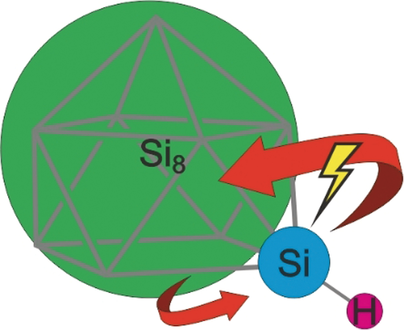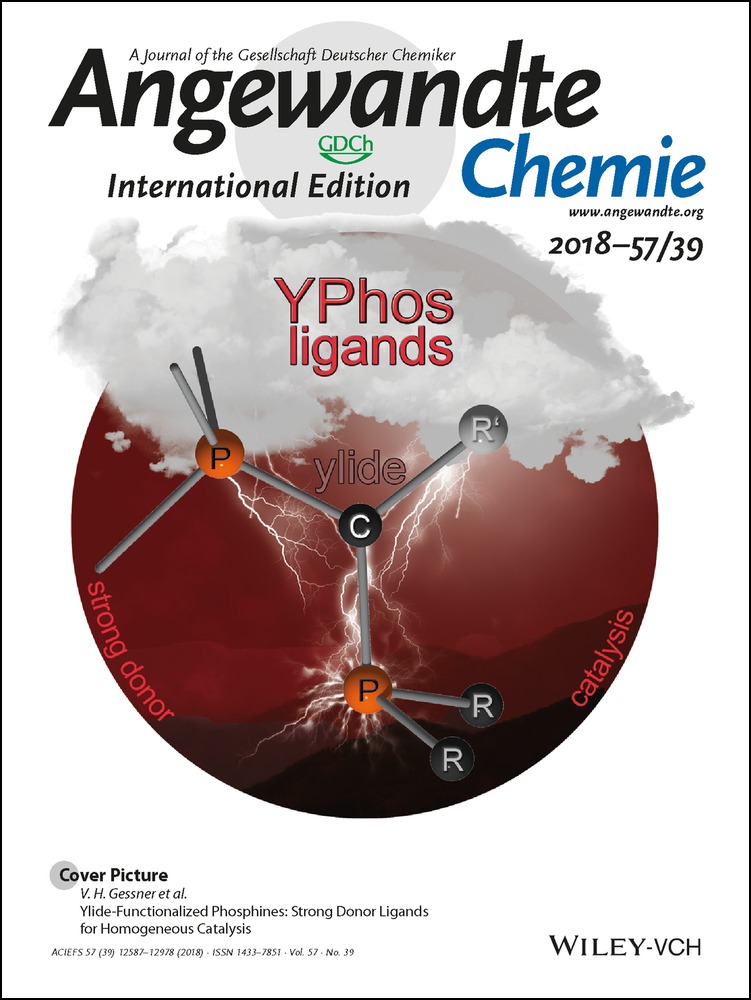The Structure of [HSi9]3− in the Solid State and Its Unexpected Highly Dynamic Behavior in Solution
Graphical Abstract
It's flexible! The characteristic multiplicity patterns of 29Si and 1H NMR resonances and CEST studies reveal the highly dynamic behavior of [HSi9]3− in solution. Theoretical considerations corroborate a highly dynamic Si8 entity and a Si−H moiety with slow proton hopping. A monocapped square-antiprismatic structure with the H atom localized at one vertex of the basal plane was identified in single-crystal studies.
Abstract
We report on the first unambiguous detection of the elusive [HSi9]3− anion in solutions of liquid ammonia by various 29Si and 1H NMR experiments including chemical exchange saturation transfer (CEST). The characteristic multiplicity patterns of both the 29Si and 1H resonances together with CEST and a partially reduced 1H,29Si coupling constant indicate the presence of a highly dynamic Si8 entity and a Si−H moiety with slow proton hopping. Theoretical calculations corroborate both reorganization of Si8 on the picosecond timescale via low vibrational modes and proton hopping. In addition, in a single-crystal X-ray study of (K(DB[18]crown-6))(K([2.2.2]crypt))2[HSi9]⋅8.5 NH3, the H atom was unequivocally localized at one vertex of the basal square of the monocapped square-antiprismatic cluster. Thus experimental studies and theoretical considerations provide unprecedented insight into both the structure and the dynamic behavior of these cluster anions, which hitherto had been considered to be rigid.





